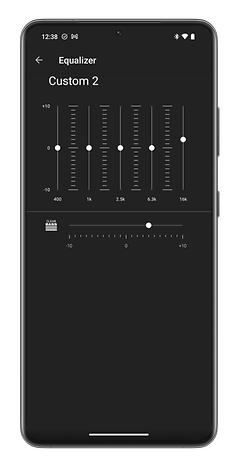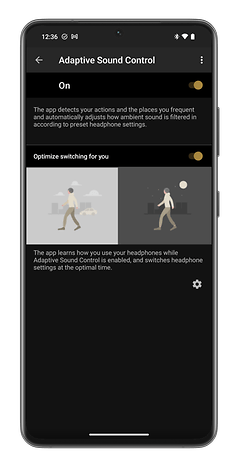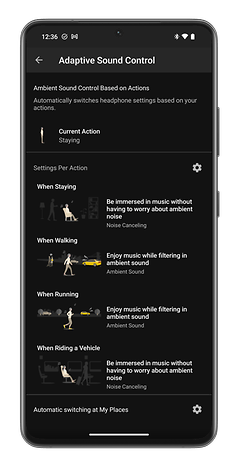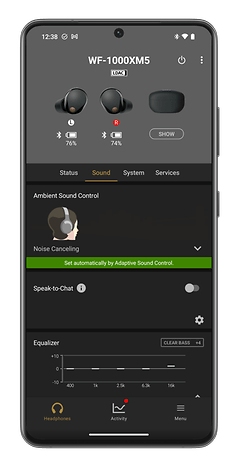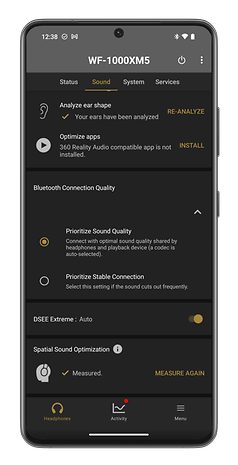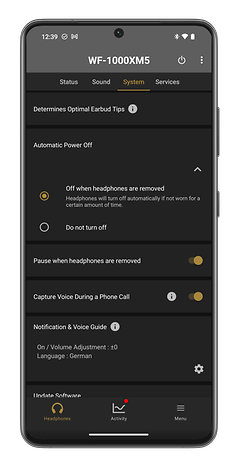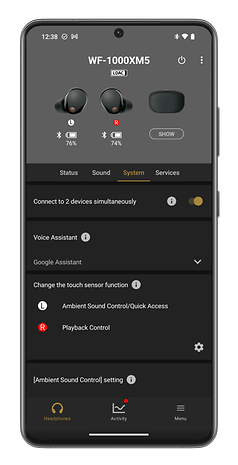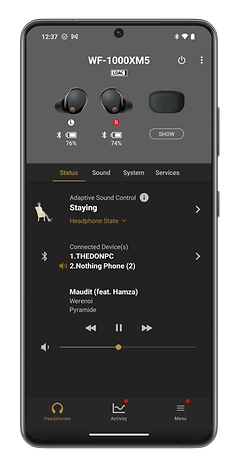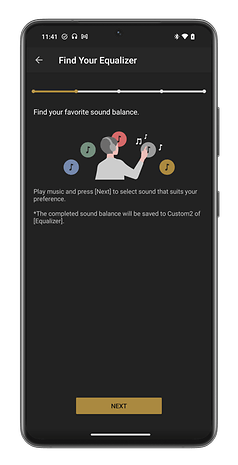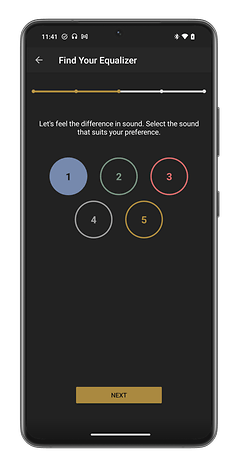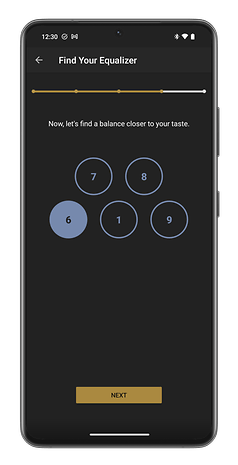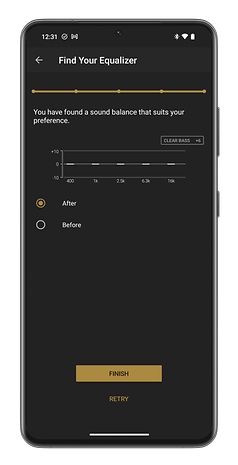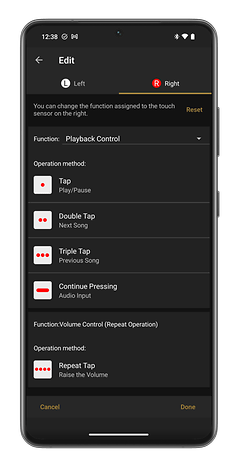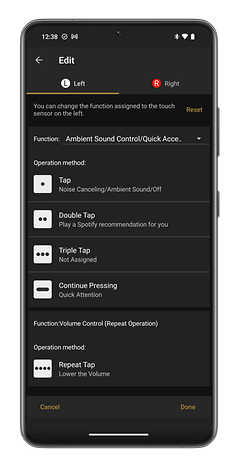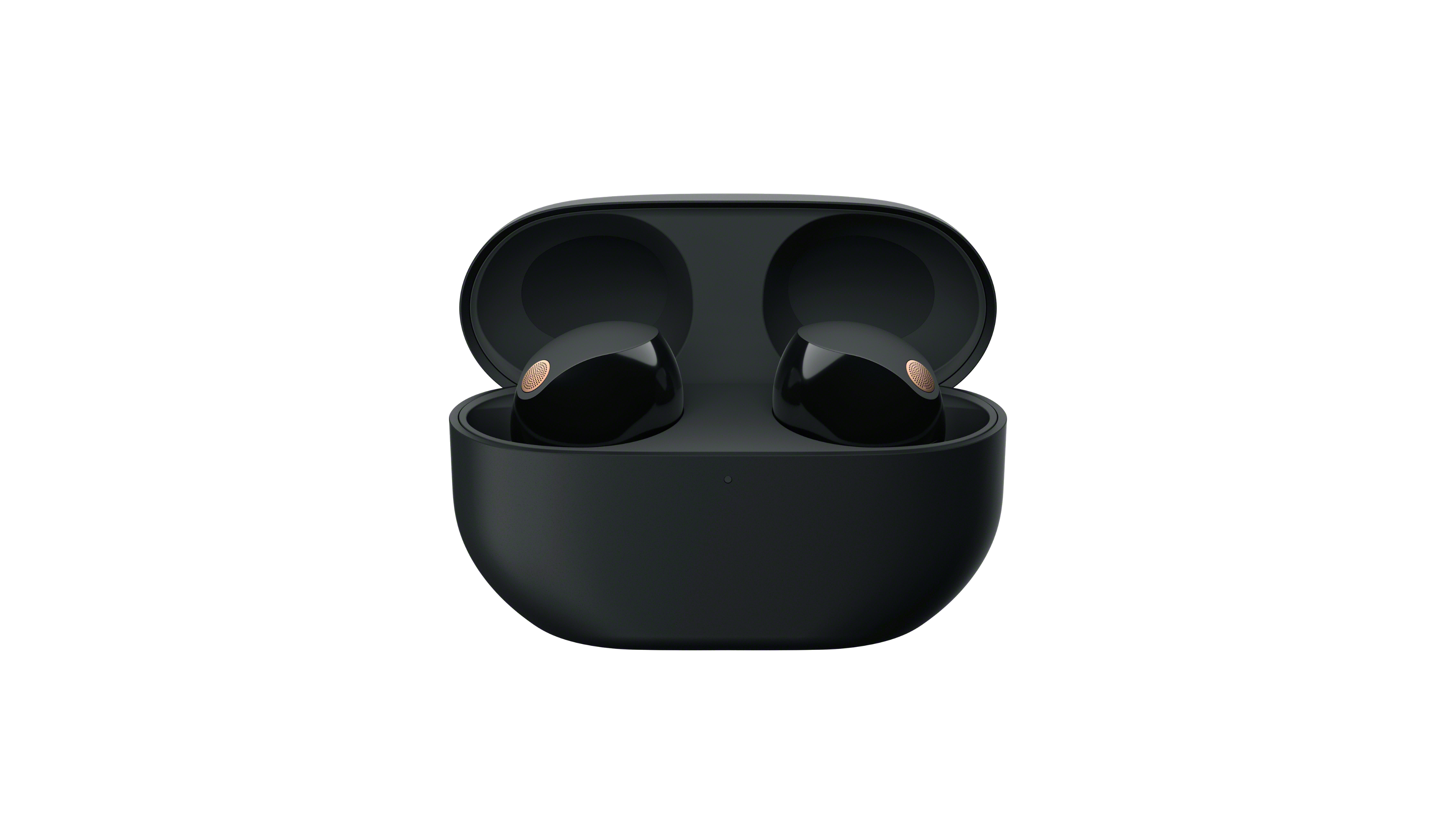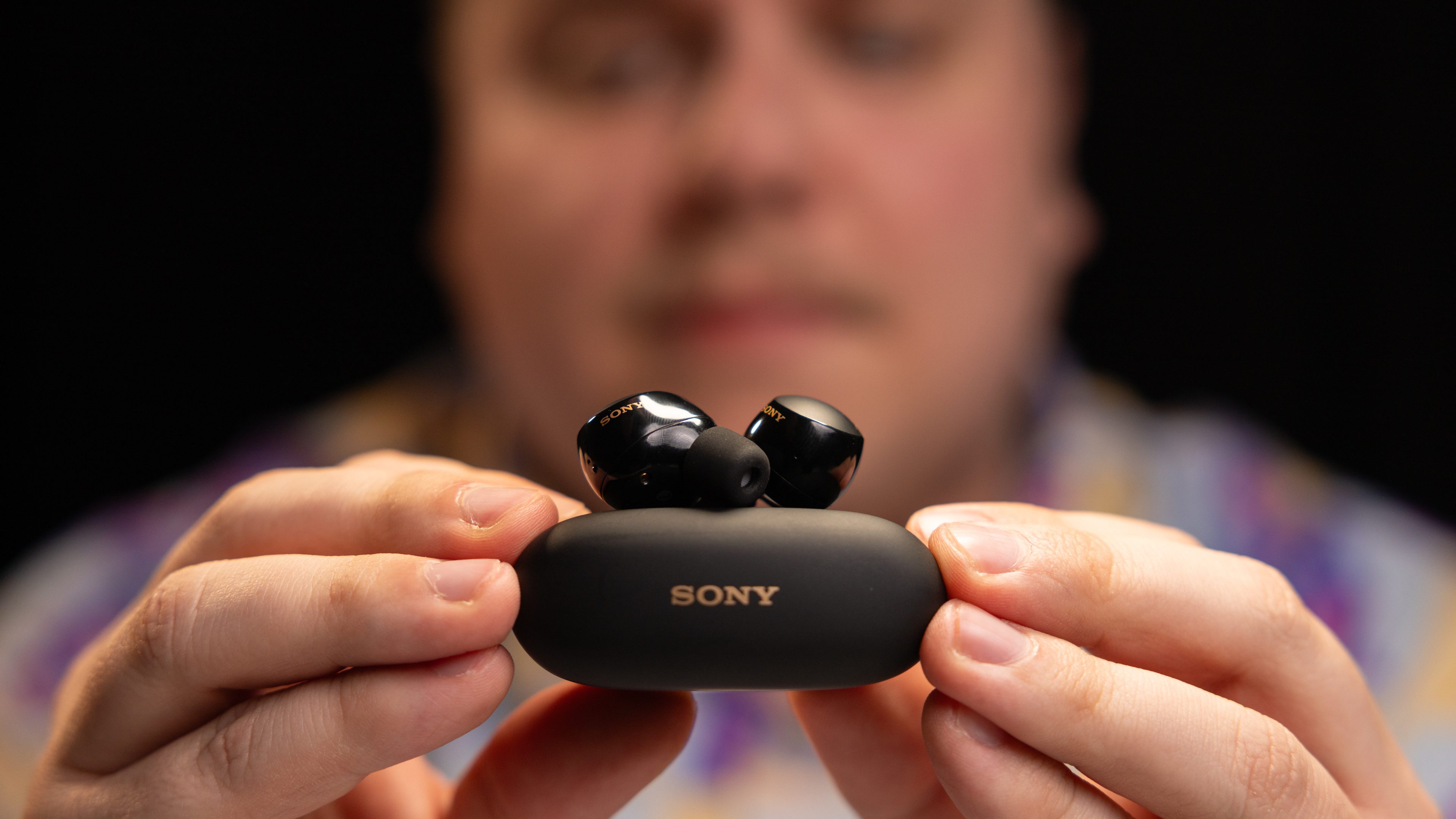
Between the Sony WF-1000XM5 and the Nothing Ear (review), my heart flutters. I’ve finally reviewed Sony’s latest wireless noise-cancellation headphones. All right, so what if its price tag makes it a little lacking compared to the latest Nothing earbuds which I loved? However, the Sony WF-1000XM5 turned my eardrums inside out, and are clearly my favorite wireless earphones of 2024. I’ll tell you why in this full review.
Good
- Beautiful design, compact and comfortable
- Excellent audio quality
- Hi-Res certified, LDAC codec supported
- Extremely comprehensive application
- Solid battery life
Bad
- Active Noise Cancellation is not as good as Bose’s or Apple’s
- Bass lacks impact by default
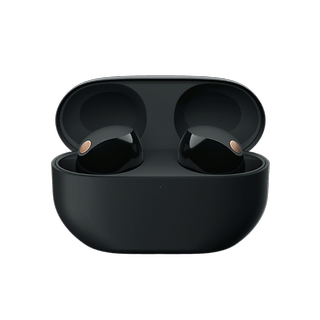
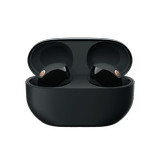
Sony WF-1000XM5: All deals
The Sony WF-1000XM5 in a nutshell
The Sony WF-1000XM5 have been available since August 2023. The launch price of $299 which considered expensive for a pair of wireless earbuds, where even the AirPods Pro 2 (review) were cheaper at launch. A new pair of Sony WF-1000XM5 can currently be found for around $250 on Amazon.
Design
Sony made huge strides in terms of design with these WF-1000XM5s. The form factor is very compact, lightweight, and comfortable. The earphones are easily forgotten when worn in your ears. They offer excellent passive sound isolation. The matte yet glossy look is also very classy.
Pros:
- Beautiful design.
- Comfortable to wear and discreet.
- Wear detection.
- Excellent passive isolation.
- Compact case with a solid hinge.
Cons:
- IPX4 certification is somewhat a disappointment low for the price.
- No IP rating for the case.

I still have my old Sony WF-1000XM3 which were released in 2021. Compared to the Sony WF-1000XM5, my old in-ears look like a poor Bluetooth hands-free kit from the 2000s that startups, prior to being known as “project carriers”, were displayed like a badge of honor.
Sony has really moved in the right direction in terms of design: the Sony WF-1000XM5 form factor is very compact and light. The matte coating is contrasted by shinier plastic touch surfaces. The microphone grilles are also highlighted in a shade of metallic copper. I found these made the design more complex and interesting.
The headphones are extremely comfortable to wear and I didn’t feel any fatigue when I wore them for several hours. This is all the more impressive as we’re approaching 6g per earphone. That’s heavier than most competitors, apart from the Bose QC Ultra Earbuds (review).

The eartips are not made of conventional silicone but uses a type of foam. This gives the Sony WF-1000XM5s the best passive isolation on the market. In terms of durability, that is less optimal. Such foam tends to stiffen and crack over time, assuming it is anything like the soles of old sneakers.
The earphones are IPX4 certified for water resistance. This is sufficient for direct splashes (rain, sweat), but no more than that. They fit well enough in the ear canal to consider them for active sports. Wear detection also works very well, since each earpiece can be used in mono (each has an independent stream).
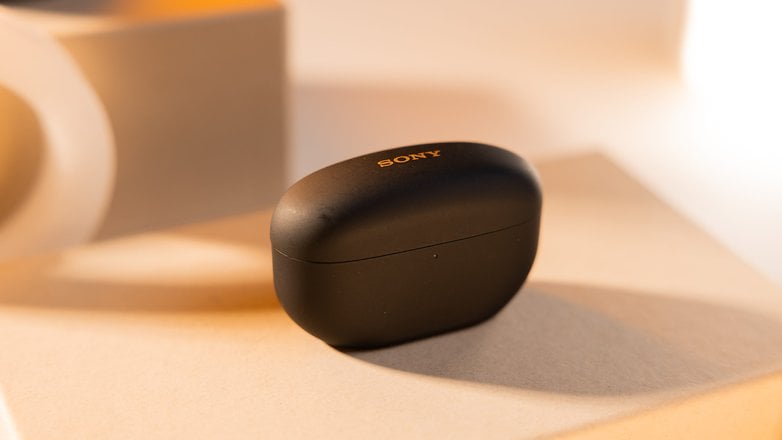
Audio quality
Sony’s audio signature hasn’t changed fundamentally. However, the Sony WF-1000XM5 comes with brand-new drivers and a new chip dedicated to sound processing. The LDAC codec is still in use and the headphones offer a very wide stereophonic soundstage, with plenty of emphasis on bass but without losing too much precision elsewhere. They flatter what needs to be flattered, making them appeal to most people.
Pros:
- Hi-Res certified.
- LDAC codec.
- Very good stereo range.
- Airy sound that highlights high mids and highs.
- Wide range of equalization settings.
Cons:
- Bass is present but not punchy enough by default.
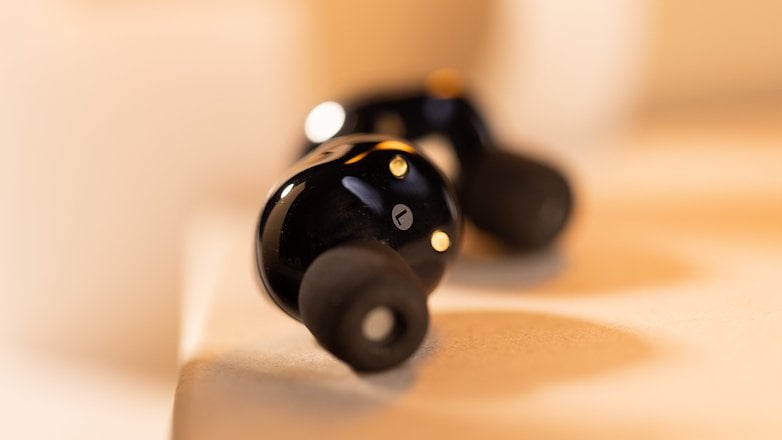
The Sony WF-1000XM5 feature 8.2 mm drivers which are larger than the 6 mm found in the previous model and most competitors. They are Hi-Res certified, allowing them to handle tracks up to 24 bits at 192 kHz. As for Bluetooth codecs, there’s LDAC in addition to the basic SBC and AAC (no LDAC if you have an iPhone). No lossless sound is supported here since LDAC’s maximum bit rate is capped at 990 kbps.
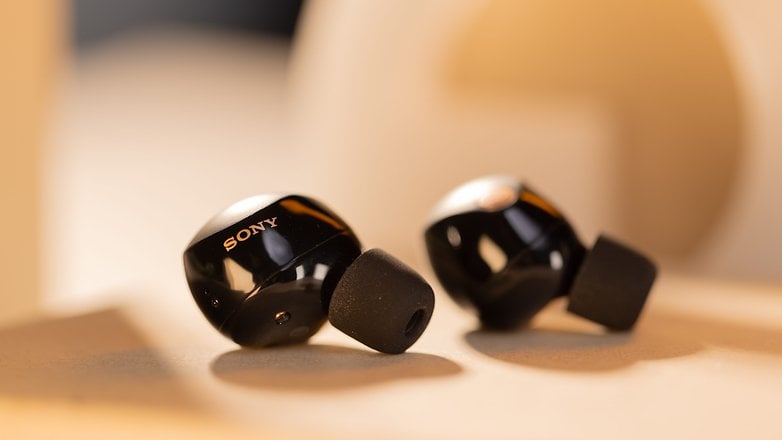
In terms of audio signature, the default sound is a little too warm for my liking. The bass is deep and it can get quite low but they’re not punchy enough for my taste. On the other hand, voices and instruments are very detailed and brought to the fore. As a result, the sound is a little too round in the bass and low midrange, with flattered highs and midrange.
This is perfect for certain styles of music and podcasts. Personally, I prefer a punchier sound with more impactful bass. Fortunately, Sony’s app has a five-band equalizer which is very precise, but I’ll talk about that below.
Apart from the audio signature, I found the stereophonic spectrum of the Sony WF-1000XM5 very wide. The spatialization of the various elements of a track is very immersive. Once you’ve made the right equalization settings, the audio quality of the Sony WF-1000XM5 is really top-notch.
Active Noise Reduction (ANC)
The Sony WF-1000XM5 are not the kings of Active Noise Cancellation. Apple and Bose remain a notch above but with its excellent passive noise isolation, Sony excels in attenuating bass and structure-borne noise. For silent commuting, they’re definitely the best choice.
Pros:
- Excellent passive noise isolation.
- Very good attenuation of structure-borne noise, better than Apple and Bose.
Cons:
- Transparency mode is not natural enough.
- Airborne noise less is well attenuated than Bose or Apple.
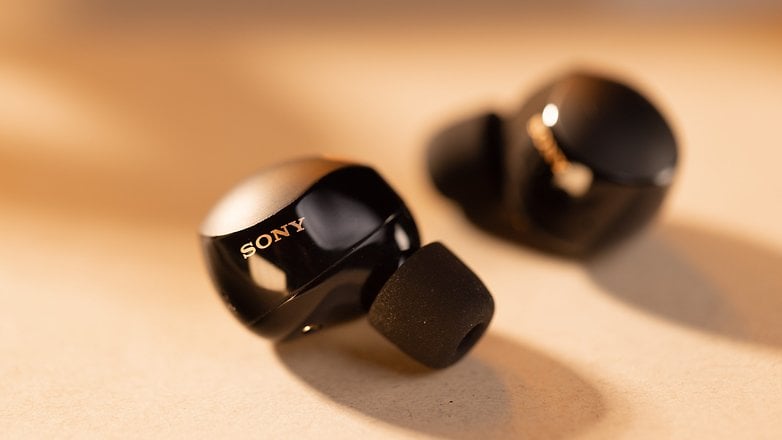
Even without ANC, the Sony WF-1000XM5s already insulate you very well from outside noise. With ANC activated, constant, structure-borne noise was extremely well attenuated. The rolling of subway rails, the hum of car engines — Sony is excellent at masking these noises. I found the Sony WF-1000XM5 to be one of the best performers in this respect.
On the other hand, for more airy and fluctuating noises, such as voices, ringtones, etc., I found Sony’s performance here to be less effective than Apple with its AirPods Pro 2 or Bose with its QuietComfort Ultra Earbuds.
Transparency mode is also far less natural than with Apple or Bose. The software processing used to amplify voices, for example, was noticeable. This gave rise to a few distortions. I also noticed a slight hissing effect.
As with some other manufacturers, you can also define zones in which a specific type of ambient noise management will be activated automatically. This allows the Sony WF-1000XM5 can switch from one mode to another on its own.
When you arrive at the office, they can automatically activate ANC to protect you from the boring, mundane chatter of your early morning colleagues. When you leave work, they activate the transparency mode to prevent you from being knocked over when crossing the street.
Sony’s automatic switching from one mode to the other worked very well. The headphones understand it way better than other models when you move from one environment to another. It’s very capable!
Features and applications
The Sony WF-1000XM5 can be operated with the Sony Headphones Connect application. It is available free of charge on Android and iOS. It is very, if not too, complete. But you need to create a Sony account to be able to use all the features.
Pros:
- Ultra-complete application.
- Multipoint Bluetooth connectivity.
- Five-band equalizer.
- Full touch controls.
Cons:
- Poorly customizable touch controls.
- Limited options in app.
- Account is required for full functionality.
If you’re looking for functionality and the ability to tweak countless settings, the Sony WF-1000XM5 is perfect for you. Most of what I considered as essential functions are available. Wear detection, auto pause/standby, multipoint Bluetooth connectivity, the works!
I’ll come back to the equalizer in a jiffy. It has five bands, which by itself is great. More importantly, you can view in real-time how your EQ filter affects the rest of the frequency range. Basically, if you were to raise or lower one of the sliders, you don’t just modify that frequency range, but peripheral ranges are also affected.
The width of the effect area of your EQ filter is normally determined by a number, known as the x factor. You can’t change the x factor here but at least the Sony application lets you visualize it. This allows you to understand better how changes in the equalizer affect the rest of the audio signal. I think that’s really cool.
The touch controls are very comprehensive but not customizable enough in my opinion. Basically, each earphone can recognize four types of touch control. Each touch type corresponds to a specific function with the functions being grouped into two categories. You can change the category for each earpiece. Within this category, the commands remain the same and are associated with the same gestures.
| Playback controls | Active Noise cancellation/Quick access controls | |
|---|---|---|
| Single press | Play/Pause | ANC/Transparency mode |
| Double press | Next track | Spotify Tap |
| Triple tap | Previous track | Other shortcut (Amazon Music HD…) |
| Long press | Quick attention | Voice assistant |
| Repeated presses (minimum 4 times) | Volume down | Volume up |
While OK on its own, I’d have liked to be able to reassign the touch for volume control. You have to press at least four times to raise/lower the volume. I would have liked to assign this function to the long press which is impossible. That’s just too bad!
I’d like to mention the Speak to Chat and DSSE Extreme functions as well. The former pauses music and switches to transparency mode as soon as you speak. Basically, the headphones understand you want to have a conversation and mute themselves. I hate this function and prefer Quick Attention, which lets you switch to transparency mode with a long press while you talk. The second, which is well known, lets you upscale AAC tracks to improve quality.
Finally, Sony also lets you track your head movements. Handy for 360° audio. It is a shame as that it only works with 360° Reality Audio, Sony’s proprietary technology. You’ll need to use Tidal or Amazon Music. Head tracking also lets you take calls by nodding your head. I don’t have any friends and no one ever calls me, not even spam calls and scammers so I haven’t had the chance to test this function out which seems very, very gimmicky.
Battery life and charging
The Sony WF-1000XM5 touted a battery life of 8 hours with Active Noise Cancellation enabled. That’s a promise which is well above the average.
Pros:
- Very decent battery life (for now).
- Wireless charging.
Cons:
- The XM4’s passive nature with its unreassuring battery life concerns might be carried over here.
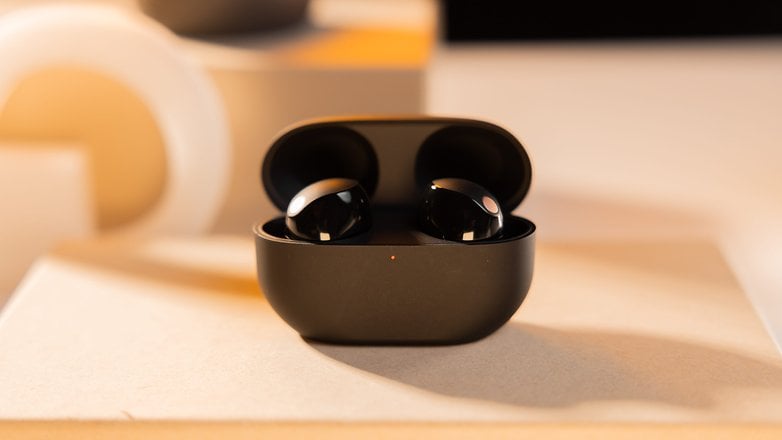
I used the Sony WF-1000XM5 with Active Noise Cancellation enabled all the time with an average listening volume of 50%. I was able to slightly exceed 8 hours of battery life. The case holds enough juice to charge the headphones twice over.
I know the previous model, the Sony WF-1000XM4 (review), had major battery life problems where one of the earphones ran out of juice faster than the other. This was linked to a manufacturing defect that was highly criticized and not enough corrective steps were taken by Sony at the time.
So far, I haven’t noticed this problem with the Sony WF-1000XM5. However, I was also careful to disable DSEE Extreme and Adaptive Sound Control most of the time.
As for charging the Sony WF-1000XM5, it’s quite quick. A three-minute charge recovered the equivalent of an hour’s listening time. This means you need to allow a little over an hour to recharge the headphones from 0 to 100% via the case.
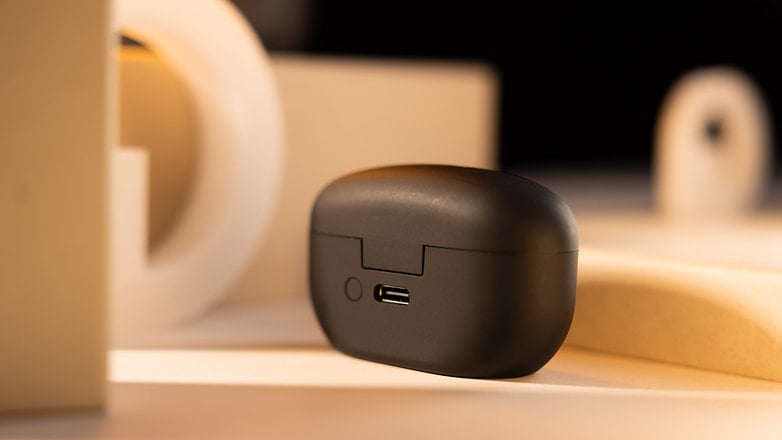
Technical specifications
| Technical specifications | |
|---|---|
| Device | |
| Image | 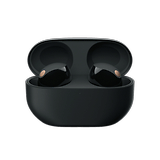 |
| Design | Format: Intra-ear | Wear detection | Touch controls |
| Audio | 8.4 mm driver | V2 chip | Spatial Audio |
| Frequency response |
|
| ANC |
|
| Bluetooth |
Bluetooth 5.3 |
| SBC, AAC and LDAC codecs | |
| Mutlipoint Bluetooth connectivity with 2 devices simultaneously | |
| Autonomy |
8h with ANC | 12h without ANC |
|
Conclusion
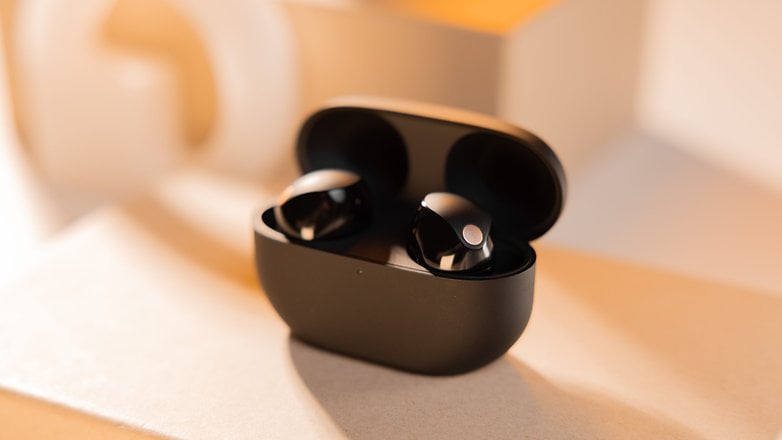
Would I advise you to buy the Sony WF-1000XM5 for their current price of $250 thereabouts on Amazon? Yes! The Nothing Ear (review) are undeniably better value for money but if your budget allows, I’d say go for the Sony headphones.
Sony’s audio quality is always top-notch, and there are far more possibilities to work with here than with Apple or Bose. Sony also gives you much more control over equalization to obtain the sound that suits you best. Once again, I prefer this to the all-automatic philosophy of its American competitors.
Battery life is also very solid, and Sony has refined its design well over the generations. Only the Active Noise Cancellation is a little lacking. Yes, passive noise isolation is very good, excellent even. However on a software level, ANC relies a little too much on this good passive noise isolation, and I prefer what Apple and Bose, or even Sennheiser, did with their products.
Overall, taking their current price and not-so-exorbitant launch price into consideration, the Sony WF-1000XM5 are the best wireless Active Noise Cancellation headphones in 2024.
What do you think of the Sony WF-1000XM5 after this review?

